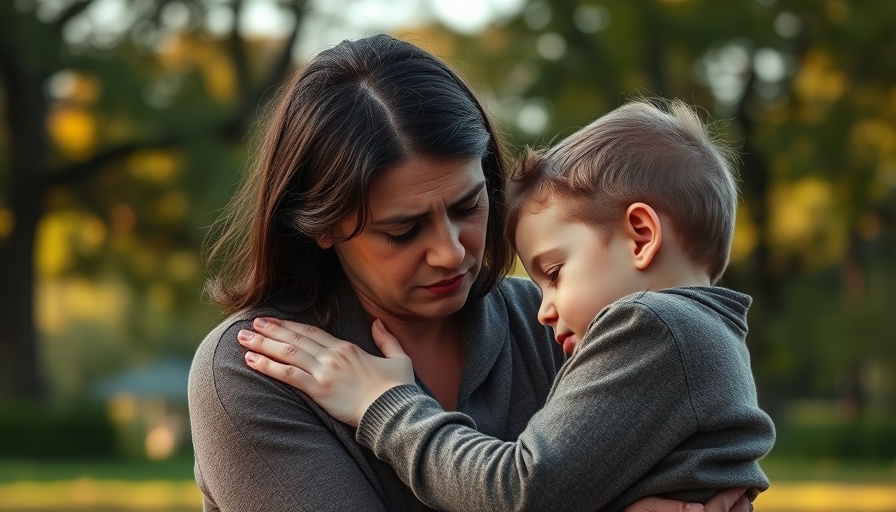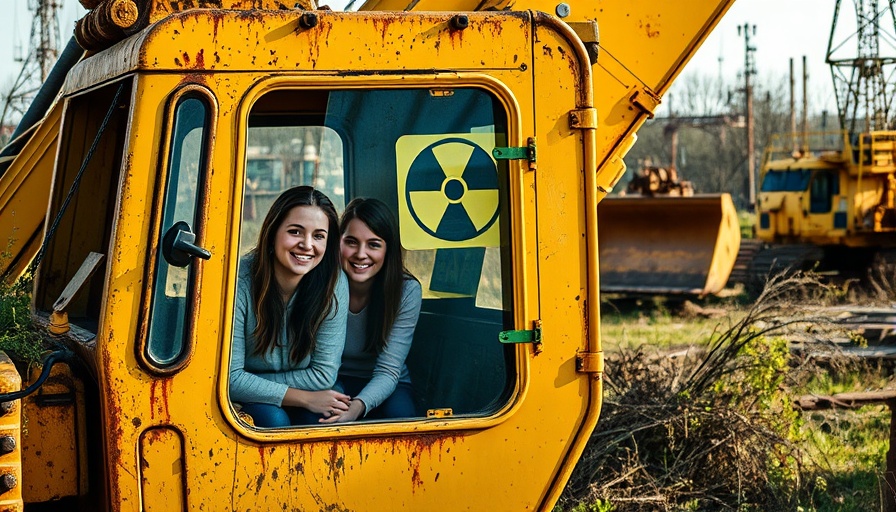
The Rise of Knee Stem Cell Therapy: A Game Changer for Osteoarthritis
Knee stem cell injection is making headlines as an innovative and effective treatment for knee osteoarthritis. Autologous Bone Marrow Stem Cell Therapy (BMAC) has shown remarkable results, making it a preferred alternative over traditional methods like corticosteroid injections. Recent studies from South Korea reveal that 94.4% of patients reported significant pain relief after receiving BMAC therapy, highlighting the procedure's growing importance in the orthopedic landscape.
Understanding Osteoarthritis and Traditional Treatment Limitations
Osteoarthritis (OA) is a painful degenerative joint disease that affects millions worldwide, often leading to decreased mobility and a lower quality of life. Traditionally, patients have been steered towards corticosteroid injections to manage OA-related pain. However, research is increasingly showing that these injections might speed up joint degeneration rather than alleviate it. In fact, MRI scans have indicated that patients receiving steroid treatments face a quicker deterioration of cartilage, which could result in compensating surgeries, like total knee replacements.
Why BMAC Therapy Stands Out
The innovative BMAC therapy uses the patient's own stem cells, derived from bone marrow, minimizing the risk of rejection and complications. The focus is not just on managing pain; it aims to heal the knee joint and restore functionality. The results are compelling: significant pain relief combined with the potential to delay or avoid surgery altogether. This multifaceted approach can fundamentally change how patients manage osteoarthritis.
Counterarguments: Are There Challenges?
While BMAC therapy shows promise, it's essential to acknowledge that it's not universally applicable for all patients. Some may still require more aggressive treatments, and factors such as age, overall health, and the progression of arthritis can affect outcomes. Medical professionals, including Dr. Yeong-Seok Lee of Saint Luke Hospital, emphasize that early diagnosis and treatment are vital. Exploring these nuanced perspectives ensures a comprehensive understanding of knee arthritis management.
Looking Ahead: Future of Knee Osteoarthritis Treatment
The emergence of BMAC therapy could revolutionize the treatment of knee osteoarthritis. As further research unfolds, it may even become the standard of care. The evolving landscape opens up questions—how long-term can results last, and will insurance providers adapt to cover such innovative treatments? The answers to these questions will determine the future accessibility and adoption of BMAC therapy. With continued patient education and awareness, we can envision a new phase in osteoarthritis management, one that prioritizes healing over temporary relief.
Take Control of Your Treatment Options
If you or someone you know suffers from knee pain or osteoarthritis, consider exploring BMAC therapy as a safer and potentially more effective alternative to corticosteroid injections. Seeking timely and informed medical advice can pave the way for better mobility and a higher quality of life. Don’t wait for the pain to worsen; proactive management can make all the difference!
 Add Row
Add Row  Add
Add 




Write A Comment